A dubious piece of supposed Maltese heritage is being auctioned off online this weekend, and it has already attracted bids from Malta and across Europe.
An auction website is taking bids on what it is claiming to be a 21-centimetre-high Neolithic figurine taken from the Ġgantija temple complex in Gozo.
Its authenticity is difficult to determine from mere photographs posted online, but if it is the real McCoy, it has little business being auctioned off online to the highest bidder.
As of Friday afternoon, the €950 reserve price, the highest bid by that time, had been met by an anonymous bidder from Malta. The website’s ‘expert’s estimate’ places the artefact’s value at between €880 and €1,200.
One particular bidder from Malta has shown considerable interest in the piece, having placed no less than six bids, starting at €600 last Sunday and continuing to bid higher until they reached the €950 reserve price on Thursday.
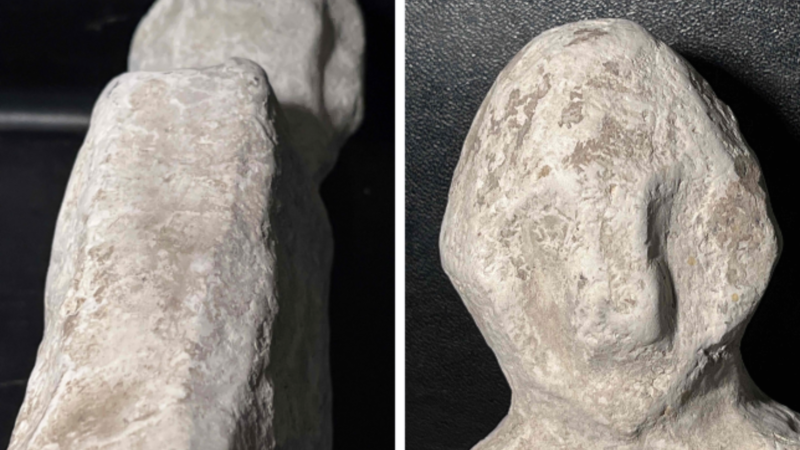
Two photos of the object described as a neolithic figurine from Ggantija published on the auction site Catawiki.
That bidder may or may not be Heritage Malta itself, which should ostensibly be looking into recovering such an artefact with a national value far beyond its price tag, if it’s real.
The national heritage agency has, however, not replied to any of The Shift’s questions about the figurine, its authenticity or whether it was looking to bring the piece of national patrimony back home.
By Friday afternoon, 23 bids had been placed from people in Malta, Germany, Belgium, the UK and Italy. Around half of the bids were laughably low for an artefact of this calibre, if genuine, but 10 offers of over €400 have been registered.
The Catawiki online auction website describes the object as: “An anthropomorphic stone sculpture” that was “found in the Ġgantija temple complex in Malta.”
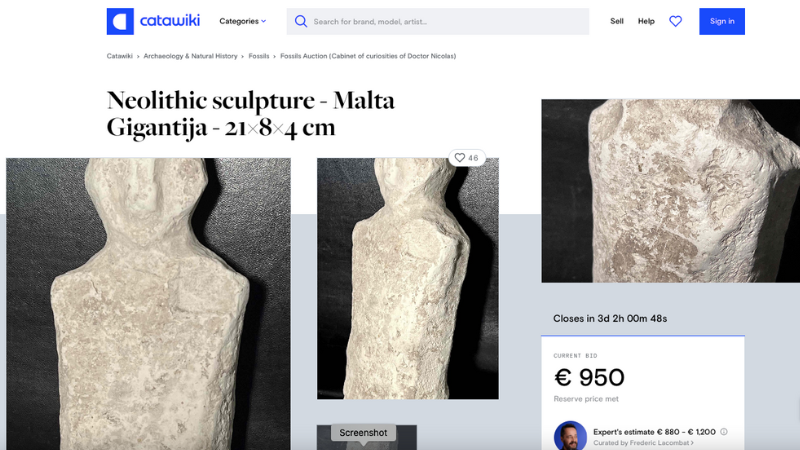
The auction website explains how “These sculptures are considered shamanic icons, they are quite coarse with a parallelepiped body and whose face just sketched out shows the nose and the location of the eyes as well as a kind of headdress.”
Apart from these details, little is known about its provenance or authenticity. The object is being sold by Musee Servaire, a small museum based in Condat, France, specialising in collecting and selling fossils. The figurine appears to be the only Maltese object in the seller’s online catalogue.
Archaeologists contacted by The Shift noted the figures’ overall shape was somewhat reminiscent of the anthropomorphic figurines found during archaeological excavations of the famous Xagħra Stone Circle in Gozo, which was excavated between 1987 and 1994 by a joint team from the University of Malta and the University of Cambridge.
The group of six figurines found at that site were carved out of globigerina limestone and are slightly smaller in height –between 15 and 18 centimetres – than that on auction.
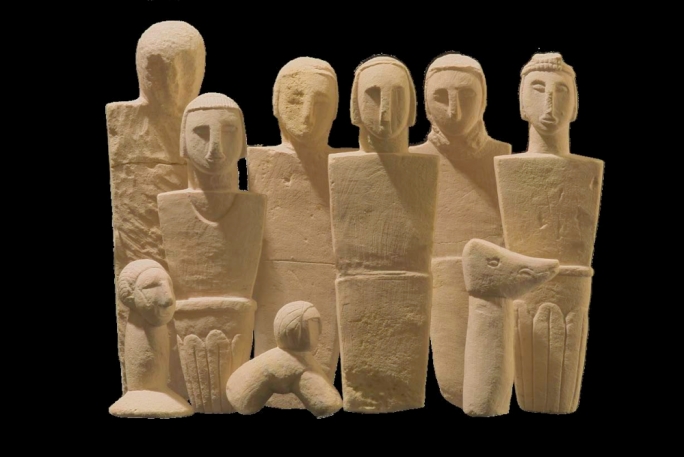
Cache of figurines from the Xagħra Circle, Gozo. The highest figurine stands at 18.5 cm. Photo: Heritage Malta/Daniel Cilia
“Weathering can be reproduced, and if it’s a fake, it’s a good one,” one of the archaeologists contacted by The Shift said, adding that “if it’s real, then it’s from the Xagħra Stone Circle going by type, but there are many outstanding issues.”
One such outstanding issue is that “it is highly irresponsible to sell this”, and another is that “the details on provenance are an absolute joke”.
Among the several images of the object on the auction website is the scan of a declaration of the legality of the object’s provenance.
The document states it is up to the buyer to ask for the provenance of the objects by requesting the bills of purchase, extracts of sale catalogues, customs documents, attestations of provenance and the background of the objects. The seller only assures that all necessary authorisations will be supplied and will provide the buyer with all the available information concerning the object(s) purchased.

An attestation on the auction website underscoring the buyer’s responsibility to check provenance. Source: Catawiki
Donna Yates, an archaeologist and heritage/art crime specialist from the University of Maastricht, could not speculate on whether the website in question was known to sell fakes:
“All auction websites are prone to fakes or illicit objects. The auction platforms do not and really cannot check for authenticity, so it is sort of a ‘buyer-beware’ situation. Catawiki is no better or worse than any other online platform in this regard. Sadly, this is just one of many suspects, possibly authentic antiquities available online at any given time.”
Heritage Malta CEO Noel Zammit was asked whether the agency was aware of the sale of the object and whether any of its curators could attest to the object’s authenticity or otherwise.
The Shift also asked whether Heritage Malta would take any steps, irrespective of whether the object was genuine or forged.
No replies from Heritage Malta have been forthcoming, although the questions were sent earlier this week.

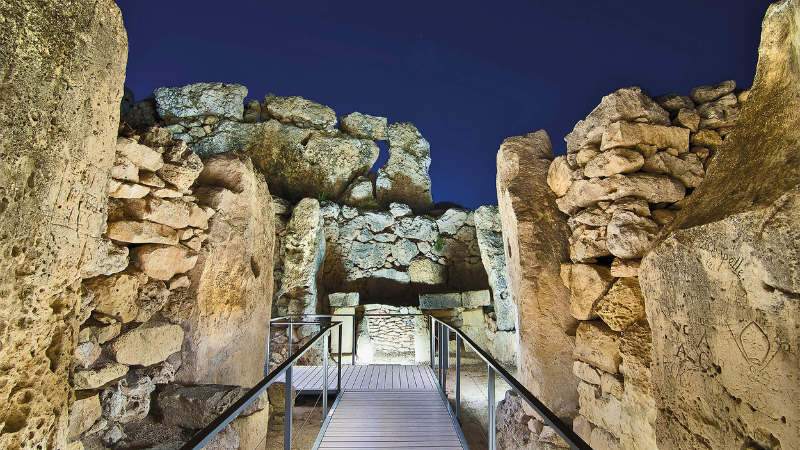
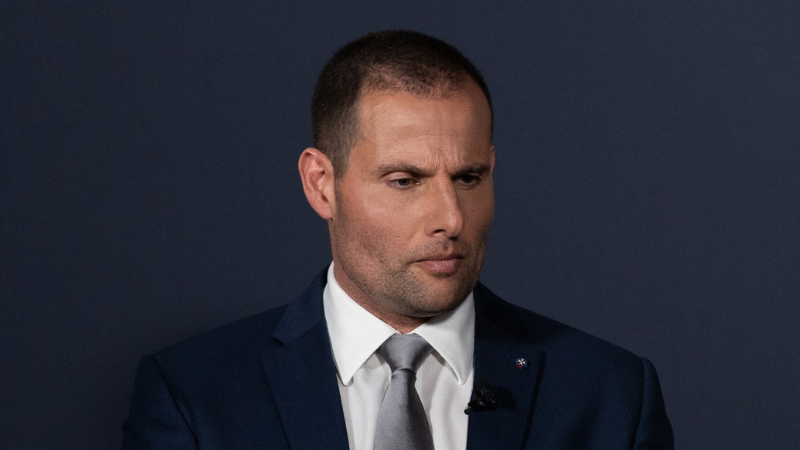
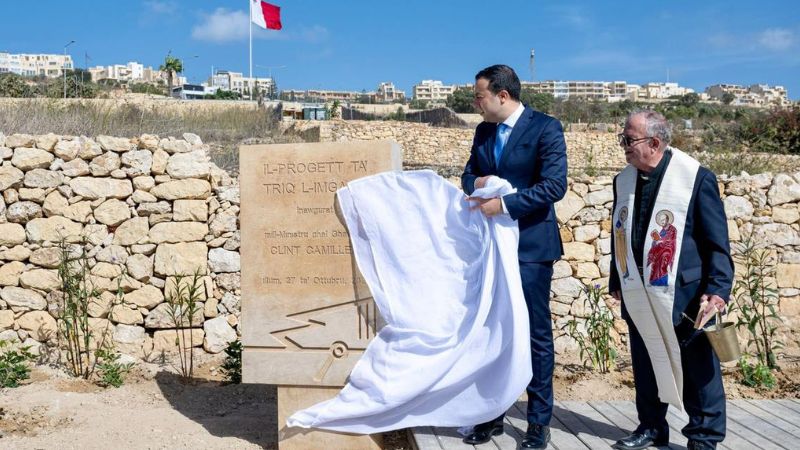

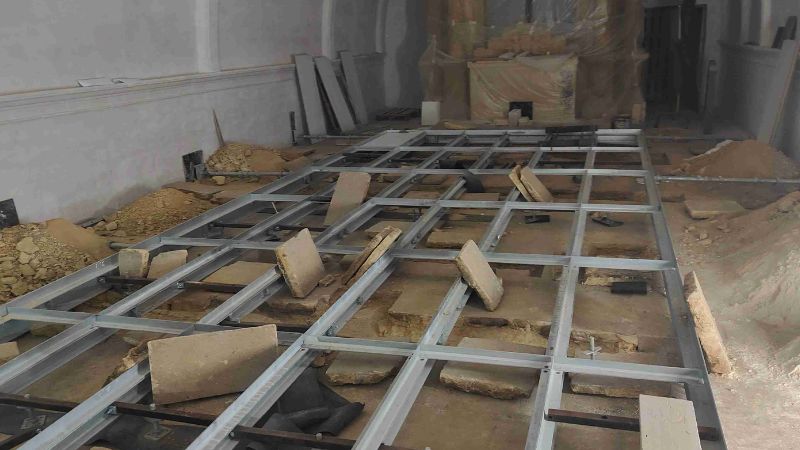
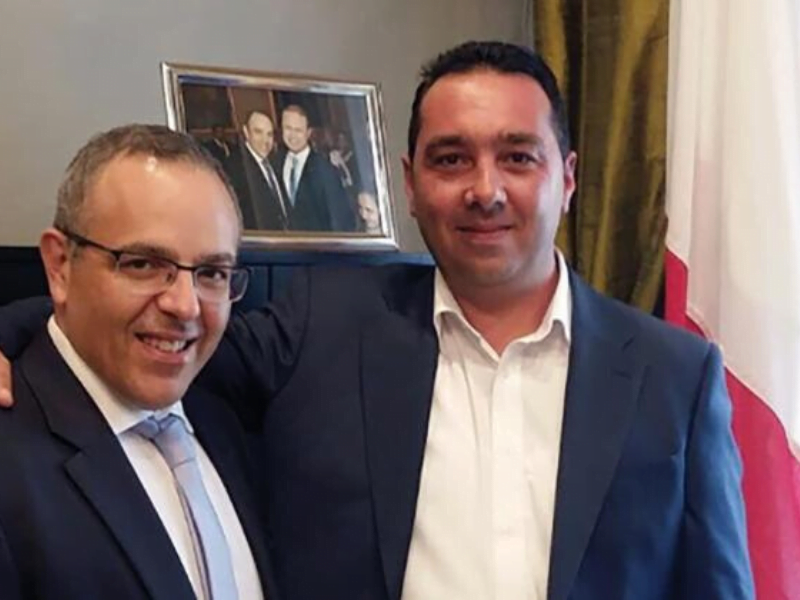






There is a Heritage Mile Stone in the Gozo Minister’s internal yard. Imagine a small item like this how easy to spirit it away during excavations in the various building sites, unless it is a very good fake.
Smells fishy to me!
Have they checked with Mr AR of gozo who seems to think he has the right to own and keep Maltese artefacts and nothing ever done about it?
Involve the police to establish the provenance of the piece ..
Not for the time being, please.
The Police Corps is currently far too busy ensuring that all members are happy with their new Pizza-delivery-boy uniforms
If it is genuine and removed from Ggantija isn’t it part of the Maltese heritage? How can it be sold? I believe the police should investigat this without further delays
Its a fake. I would bid an unlimited amount myself as long as I could bring this back to a Maltese museum of archaeology… if it were real. I can state categorically that this item, in my experienced opinion, is a poor reproduction
It should also be mentioned that if an item is considered significant enough to classify as national heritage it may not be traded legally.